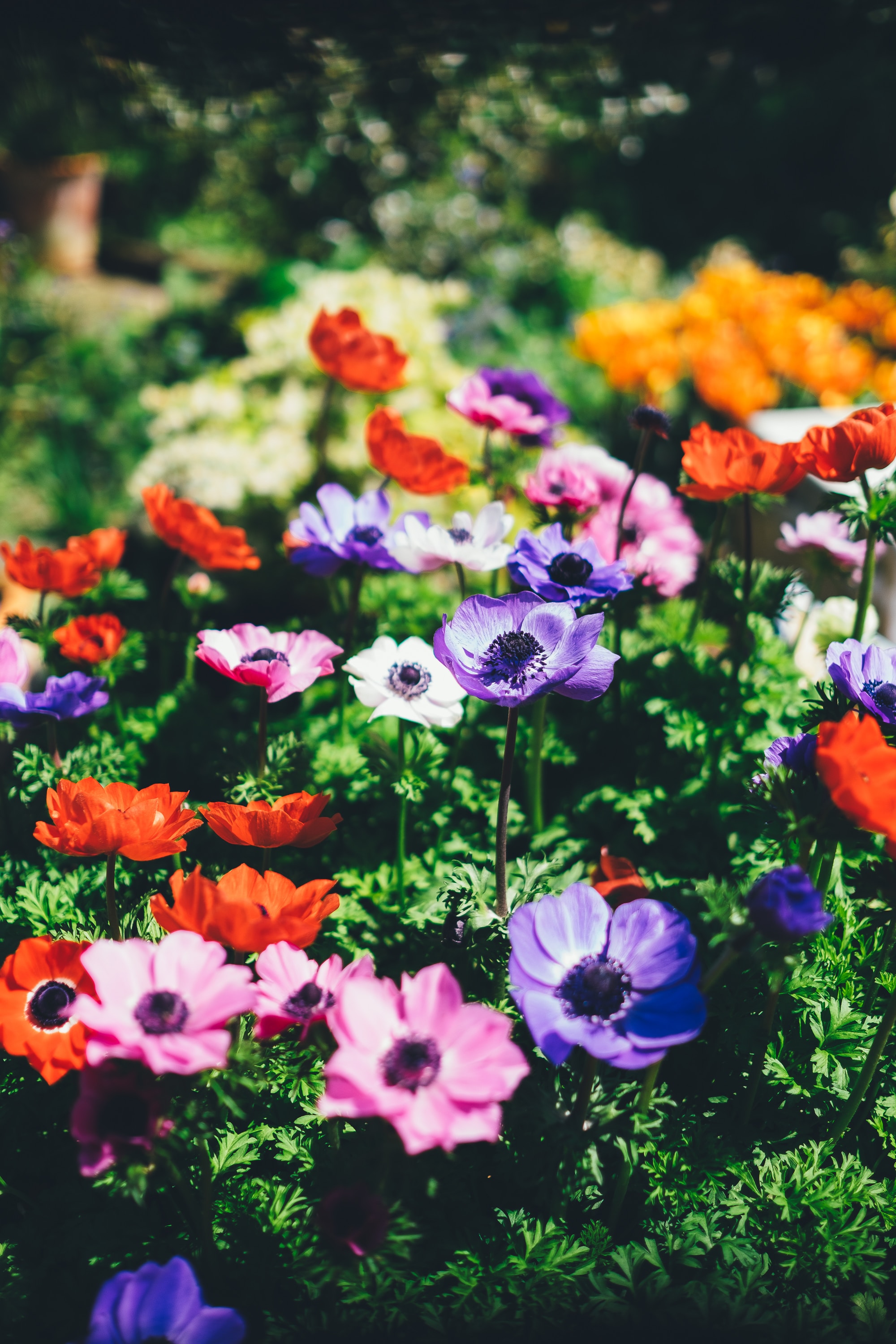Eighty
- Judith Cox

- Oct 15, 2021
- 2 min read
Many tender plants can be brought indoors for the winter months. But be careful to leave any "visitors" outside!
Greetings fellow gardeners,
It is approaching seven in the morning and the world is still dark. I am enjoying yet another cup of coffee and planning my day. It is always a mad scramble to gather seeds, pot up plants to come in, plant bulbs and clean up in the fall.
I decided to try to bring in my lantana. Lantanas are perennial in zone 8-type environments and so will respond well as a houseplant. I repotted it after checking for any creatures that might be lurking in the leaves and put it under the lights in my plant compound. You can do this as well with begonias, coleus and impatiens but be vigorous in checking for pests. As I enjoy cooking with fresh herbs, I potted up some of my rosemary and common or garden sage as well. I already have some white sage seeds started. I have tried to bring in chives unsuccessfully over the years, but this spring I found one that is advertised as an indoor option. So far it is growing well.

Raspberry Royale sage
This year I grew Raspberry Royale sage and just loved it. The bright red flowers brought in hummingbirds and lots of other pollinators. From what I have read, this sage does not start well from seeds but does grow well from cuttings. To take cuttings from this or any other sage, take a cutting that does not have a bud on the end. I carefully took several cuttings, stripped off the lower leaves and pushed them into a pot which had good well-draining soil. I placed the pot in my plant compound under the lights. I have not been diligent in tying down the netting on my compound and was woken up this morning by the sound of Leo, one of the too-many cats, chewing merrily on my new cuttings. Lesson learned.

Freshly shorn cuttings
I harvested my Red Malabar spinach seeds today. I cut the stems that held the ripe seeds that look like purple berries and put them on a newspaper. Be aware that the berry juice will stain your fingers so it might be worthwhile to wear gloves. Once the seeds had been picked it is time to strip them from the stem. Once stripped, put the squishy berries in a jar and add water to about halfway up the jar. The berries will sit in the water for three or four days to reach fermentation. After the allotted time put them in a sieve and run water over them to remove the majority of the purple berry. Place the washed seeds on a plate to dry. When they have dried you can store them in a cool dry place to plant next year. If you do not wish to use this method, you can place the berries on a paper towel to dry like tomato seeds and package them up when they dry.

Spinach berries being stripped off the stems and put in jar
There is so much to do until the snow flies. Remember to leave some of those flower heads for the birds and overwintering insects.
Enjoy your week.
Judith. (Email: sghorticultural@gmail.com)
Veggie Bites are available at https://sghorticultural.wixsite.com/website or https://gardeningcalendar.ca/articles/veggie-bites/



Comments